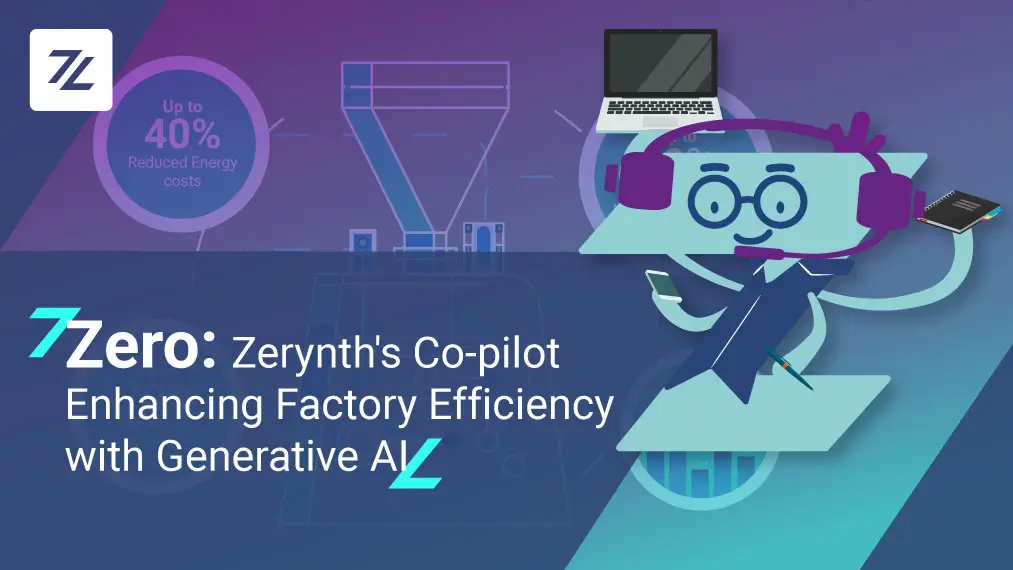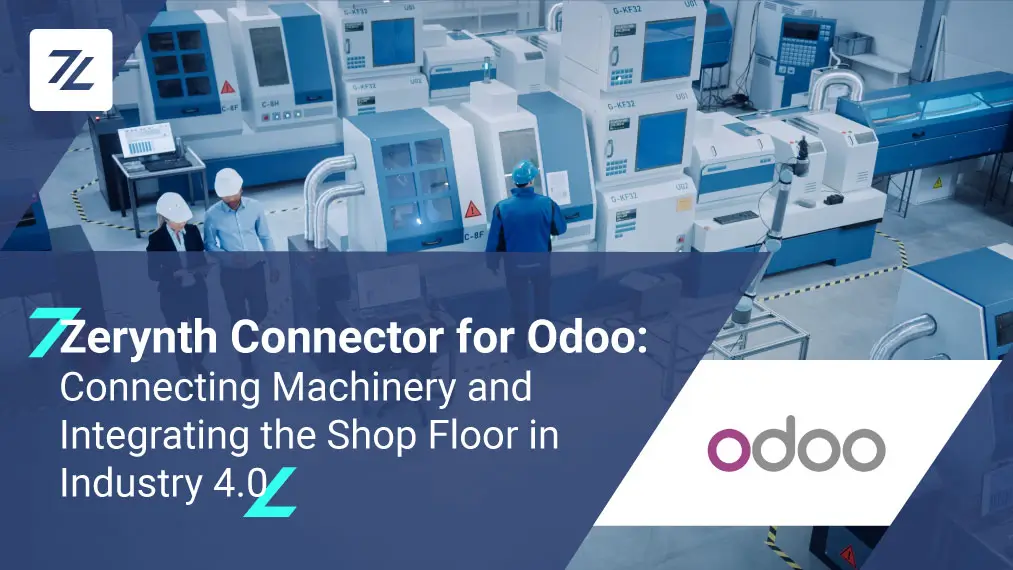During a workshop on September 29th, our team demonstrated to Italian manufacturing companies, through a guided tour of the factory of the future (LEF), how it is possible to standardize the view of their fleet of machines, regardless of their manufacturer and the technological state, and to innovate their shop floor by connecting it.
By offering more information to anyone looking for a way to start their digital transformation, we wanted to take this opportunity to go over what we presented during the workshop.
In less than 3 hours and with a machine downtime of fewer than 30 minutes, you can fully exploit the opportunities of the Industry 4.0 paradigm by using the Zerynth Platform.
IoT and AI for digital transformation of manufacturing companies
What are the opportunities for Italian companies? What challenges do they face?
These questions were at the forefront of everyone’s mind while we were planning the workshop for LEF. This was because, if we could give clear answers to these two questions, the companies attending the workshop would have all the information they needed to start their successful digital transformation journey.
More precisely, if they know exactly how they can benefit from the transformation and exactly what challenges lie ahead, the end goal is clear and within sight, and all that they need to do is follow through with the steps.
The driving forces in this transformation are two innovative technologies: IoT and AI.
Collecting large amounts of data is often the first step in the transformation process, and it is also the most important one. This is often how companies see the first real proof of how IoT can help their business. Analyzing this collected data is where AI plays a significant role.
Precisely, the issue at hand is that organizations and companies have collected large amounts of data because of IoT. Just storing this data does not bring value to the company; however, and that is why data needs to be rationalized and analyzed with advanced forms of data analytics (which IoT and AI offer). Analyzed data brings forth better insights and allows for more informed business decisions.
Monitoring their production processes is another example of how IoT and AI are helping companies cut costs, and improve production.
Basically IoT and AI have joined forces to replace all the repetitive tasks that humans would otherwise do. Whether it’s analyzing data, controlling production, or handling complex problems like error detection or predictive maintenance, we can rely on these technologies to optimize the processes.
With IoT and AI you can monitor:
- OEE
- Machine utilization
- Production efficiency
- Real-time power consumption
- Downtime, etc.
AI’s economic impact
But before we move on, let’s look at the economic impact AI has on industry.
The first obvious impact of AI on profits and productivity are labor improvements – with AI certain tasks can be automated (in addition to certain roles). And where human errors are reduced and productivity improved, the increase in profits are clear.
One study shows that global GDP may grow to 14 % (by 2030) as a result of the accelerating development and acceptance of AI.
Furthermore, not every industry will use AI in the same way, or to the same extent. Some will use machine learning, while others will take advantage of robotic process automation. It all depends on their goals.
For example, manufacturing could gain the most from automating routine tasks.
Looking at the image above, you can see how AI and IoT can optimize operations in manufacturing processes in four analyzed industries: Automotive, Life Sciences, Process Manufacturing, and Discrete Manufacturing.
The analyses also show possible applications for each analyzed industry.
As you see, for some industries it’s more important to engage customers, while for others it’s better to focus on customizing operations. With a proper analysis you can get a deep understanding of what type of digital transformation your company needs, and in turn maximize your profits.
Optimizing operations in manufacturing processes
For most manufacturing companies, the journey to optimization focuses on their machinery, and that is totally understandable. But what manufacturing companies need to consider, is that optimizing production and optimizing processes are equally important.
In an ideal world, everything runs smoothly in production. But, we all know that in the real world there are always tweaks, unwanted downtime, and work-arounds that happen.
This is why the first step in any optimization process requires a detailed understanding of how the production process really is. After that, we can create the ideal operating structure – simplify steps, cut out unnecessary tasks, automate processes,
The most important optimization aspects for manufacturing companies are:.
- Monitoring production, energy consumption, and environmental parameters
- Monitoring the level of safety in the workplace and any potential health hazards
- Predictive maintenance
- Machinery movement forecasting
- Vehicle tracking
- Remote management of security systems
As you can see from the image below, this is a circular process – every individual solution affects the other.
For example, by implementing production monitoring, and energy consumption monitoring, you can get enough data to start planning for predictive maintenance solutions. By tracking the movement of your machinery and equipment you can also achieve a safer work environment.
Presenting our solution
Are you curious to see what happened at the workshop in LEF?
Of course, if you have any questions, don’t hesitate to contact us anytime!
Share This Story, Choose Your Platform!
Follow Zerynth on
Latest Posts















